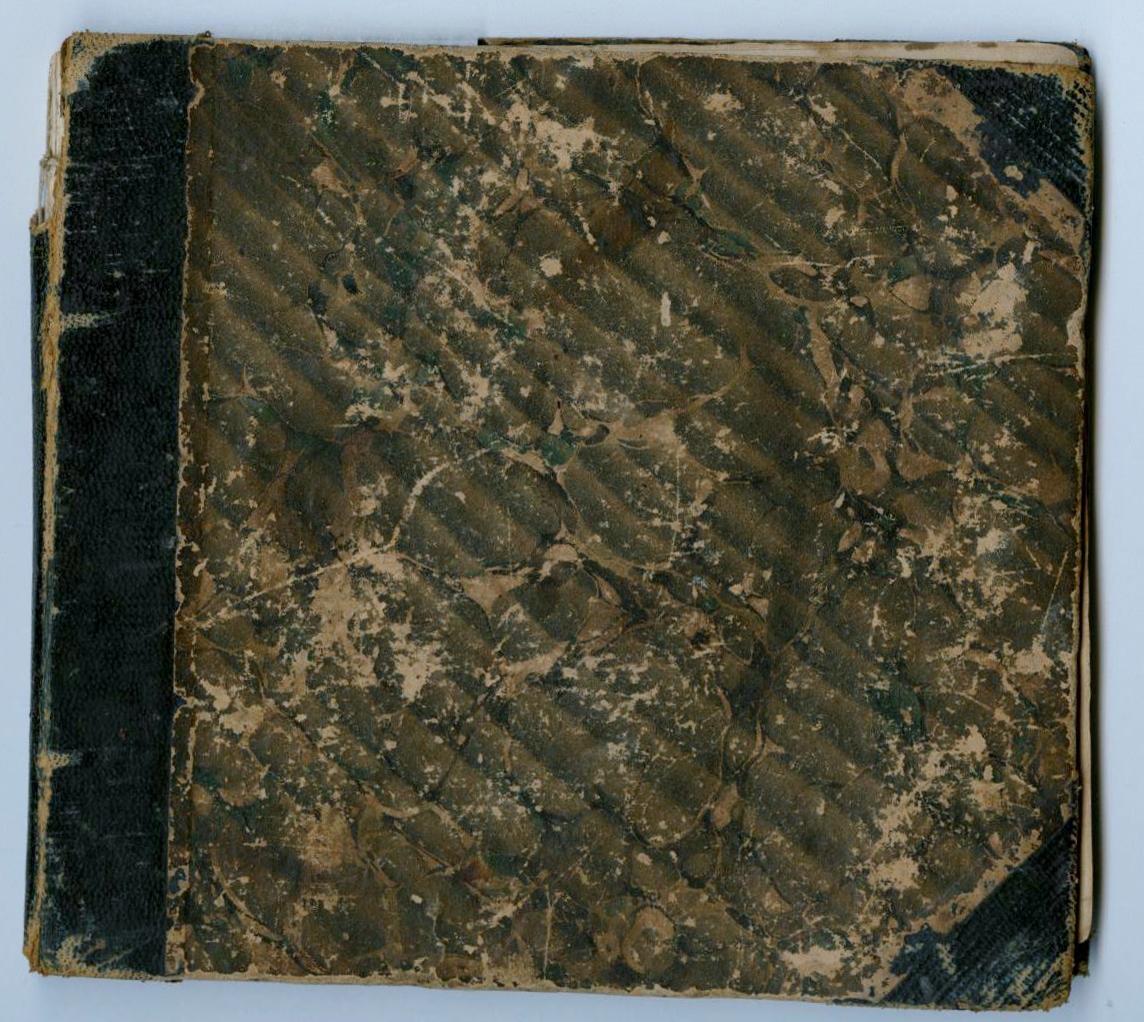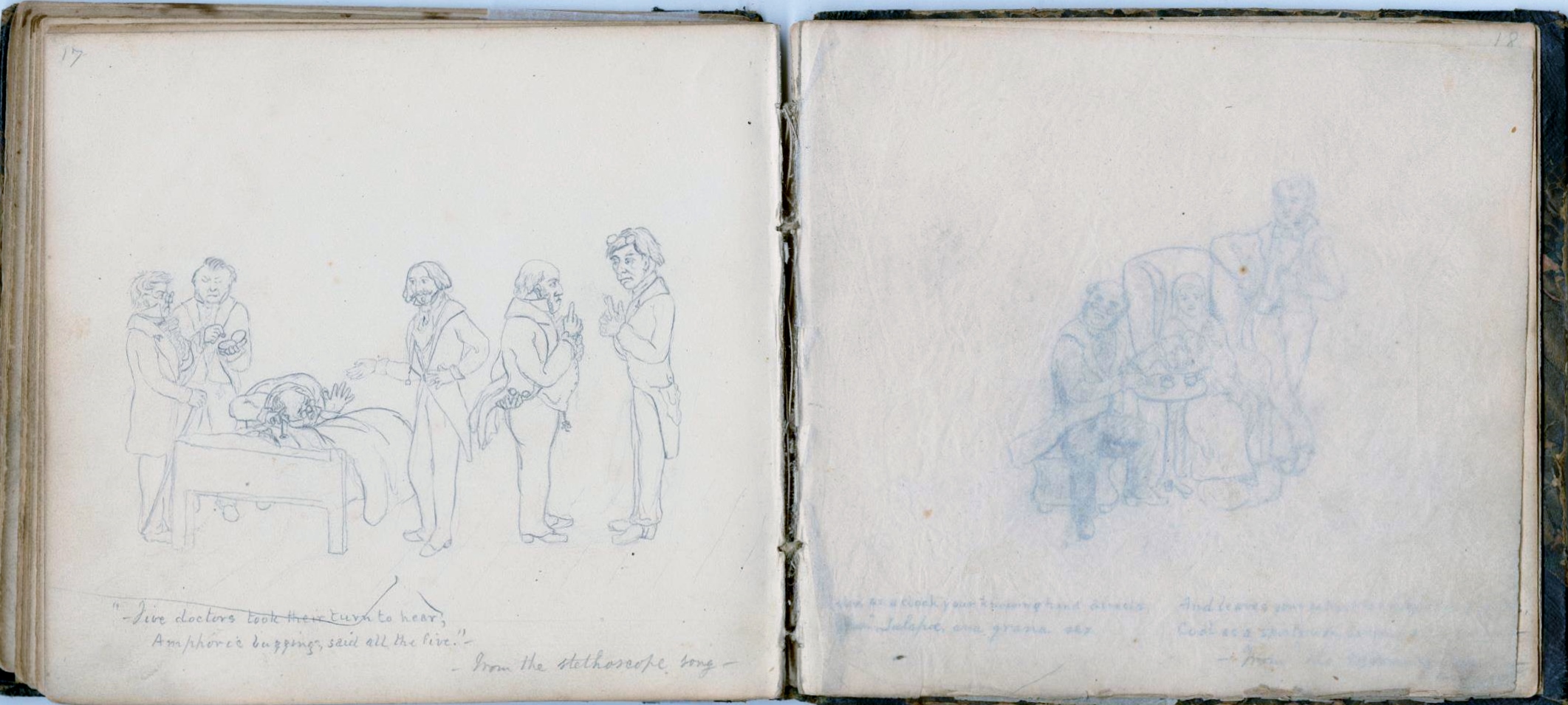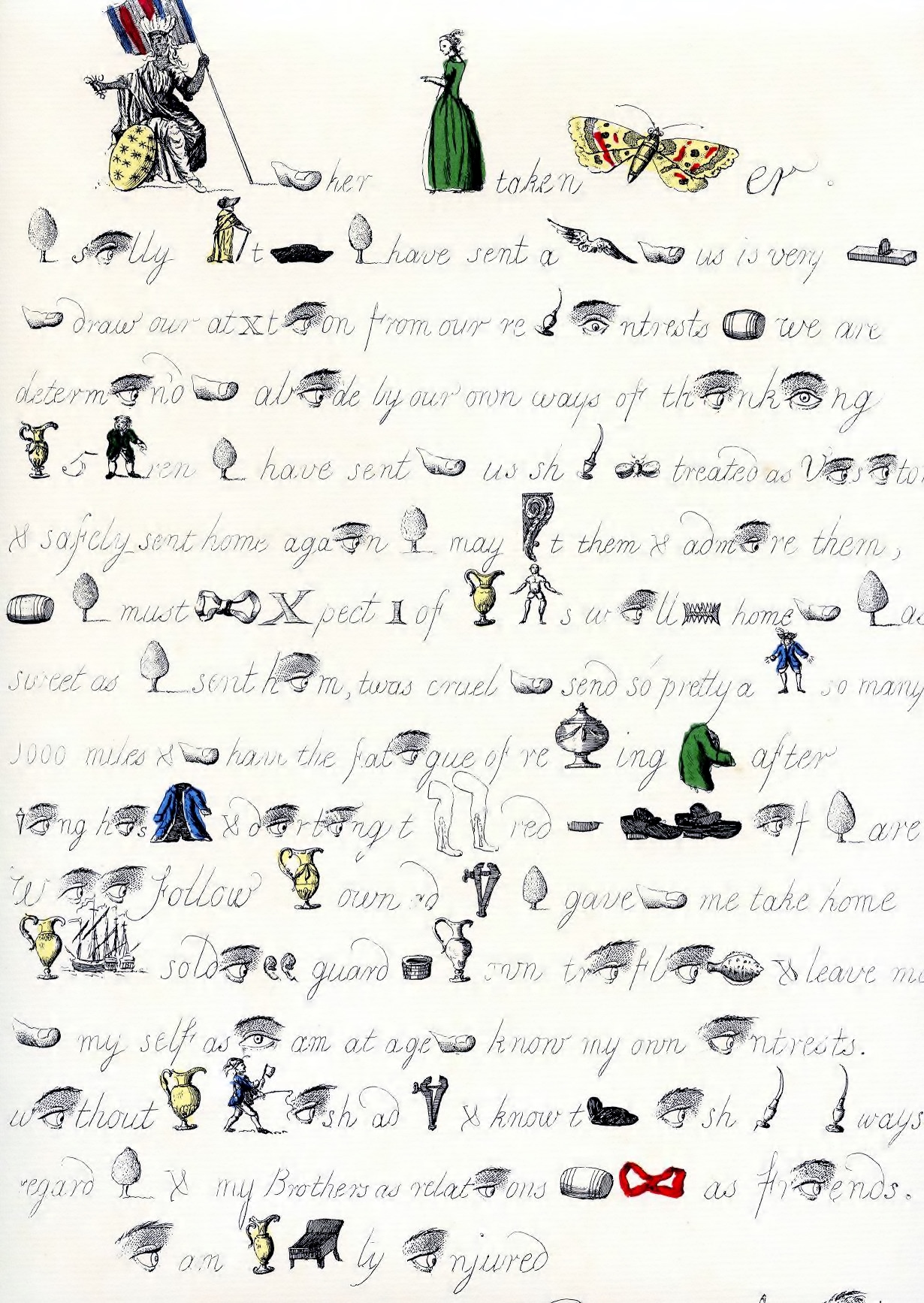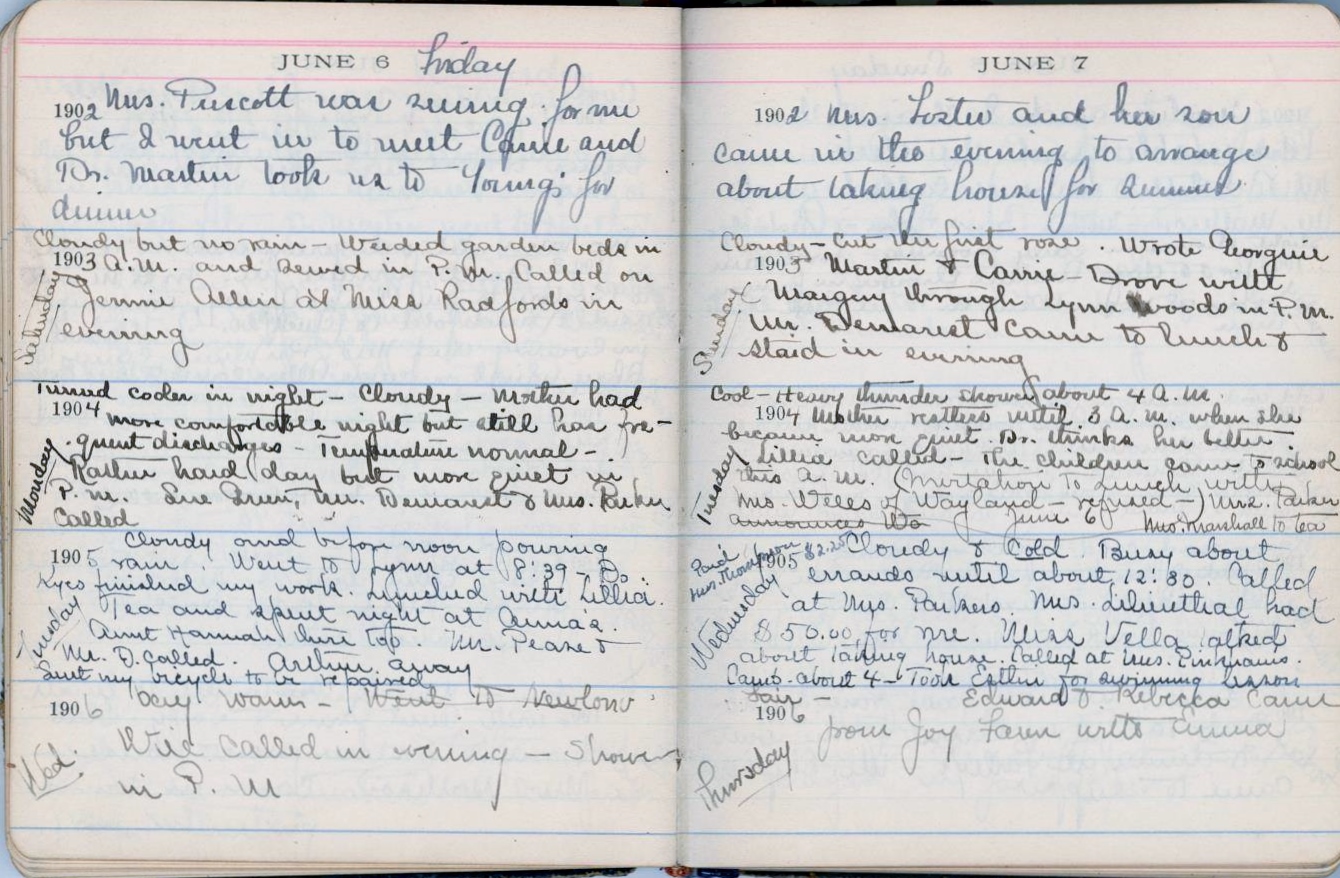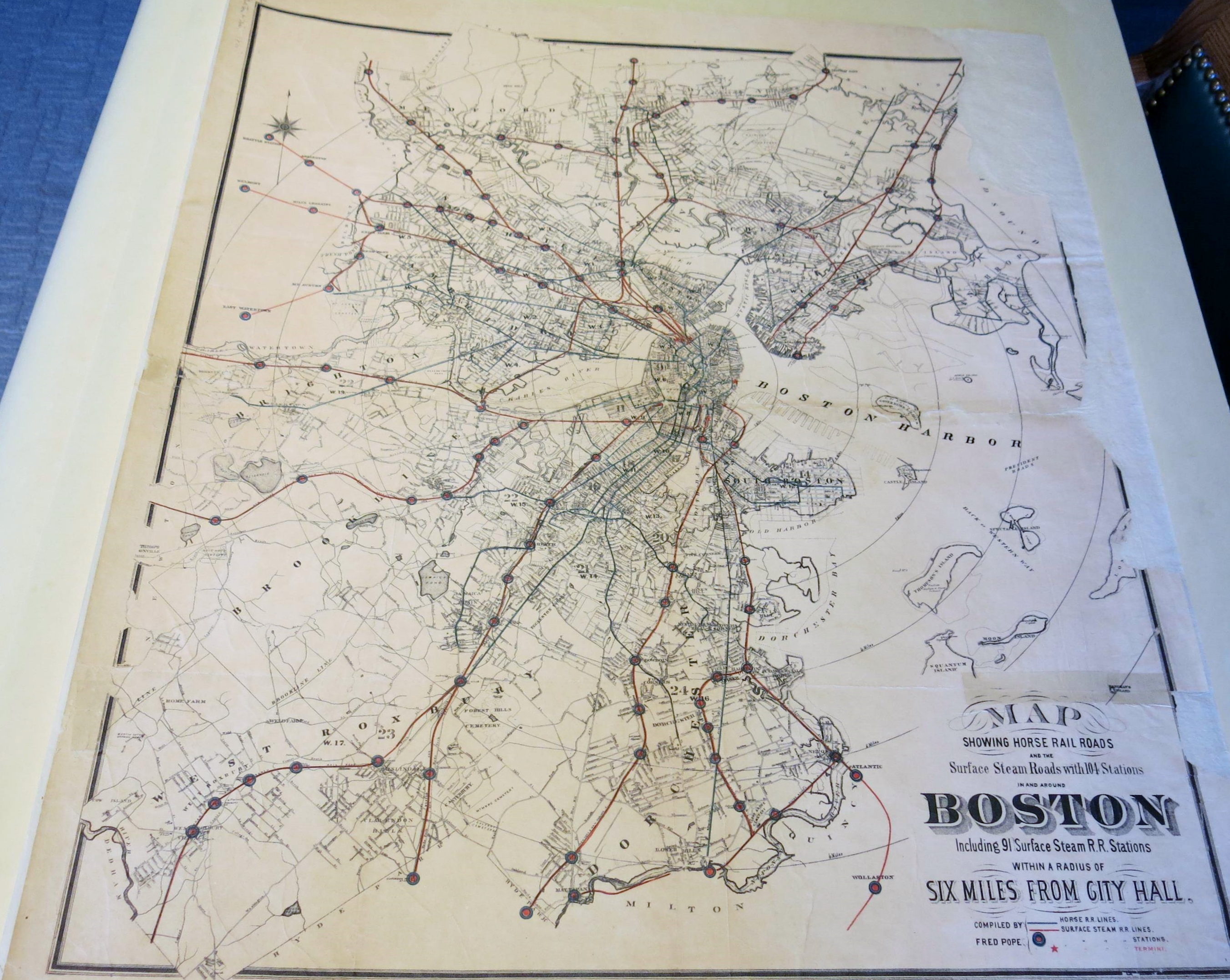By Anna Clutterbuck-Cook, Reader Services

Below are titles newly received or purchased for the library’s collection of contemporary historical scholarship and reference works. All of these books will be available for use in our library once we reopen to the public on Monday, 4 January 2016. In the meantime, enjoy the end of year holidays with family and friends. May you enter the new year renewed — and excited to pick your research back up in our cozy reading room while the winter snow piles up outside!
Cleves, Rachel Hope. Charity & Sylvia: A Same-Sex Marriage in Early America. Oxford University Press, 2014.
Crabtree, Sarah. Holy Nation: The Transatlantic Quaker Ministry in an Age of Revolution. University of Chicago Press, 2015.
Downs, Jacques M. with a new introduction by Frederic D. Grant, Jr. The Golden Ghetto: The American Commercial Community at Canton and the Shaping of American China Policy, 1784-1844. Hong Kong University Press, 2014.
Free, Laura E. Suffrage Reconstructed: Gender, Race, and Voting Rights in the Civil War Era. Cornell University Press, 2015.
Graves, Donald E., ed. First Campaign of the A.D.C.: The War of 1812 Memoir of Lieutenant William Jenkins Worth, United States Army. Old Fort Niagra Association, 2012.
Hamlin, Kimberly A. From Eve to Evolution: Darwin, Science, and Women’s Rights in Gilded Age America. University of Chicago Press, 2014.
Hemphill, C. Dallett. Siblings: Brothers and Sisters in American History. Oxford University Press, 2011.
Jefferson and Palladio: Constructing a New World. Centro Internazionale di Studi di Architettura Andrea Palladio, 2015.
Johnson, Marilynn S. The New Bostonians: How Immigrants Have Transformed The Metro Region Since the 1960s. University of Massachusetts Press, 2015.
Lockwood, J. Samaine. Archives of Desire: The Queer Historical Work of New England Regionalism. University of North Carolina Press, 2015.
Nicolson, Colin, ed. The Papers of Francis Bernard: Governor of Colonial Massachusetts, 1760-69. Volume IV: 1768. Publications of the Colonial Society of Massachusetts vol. 87. The Colonial Society of Massachusetts, 2015.
Prieto, Laura R. At Home in the Studio The Professionalization of Women Artists in America. Harvard University Press, 2001.
Rex, Cathy. Anglo-American Women Writers and Representations of Indainness, 1629-1824. Ashgate Press, 2015.
Schiff, Stacy. The Witches: Salem, 1692. Little, Brown and Co., 2015.


